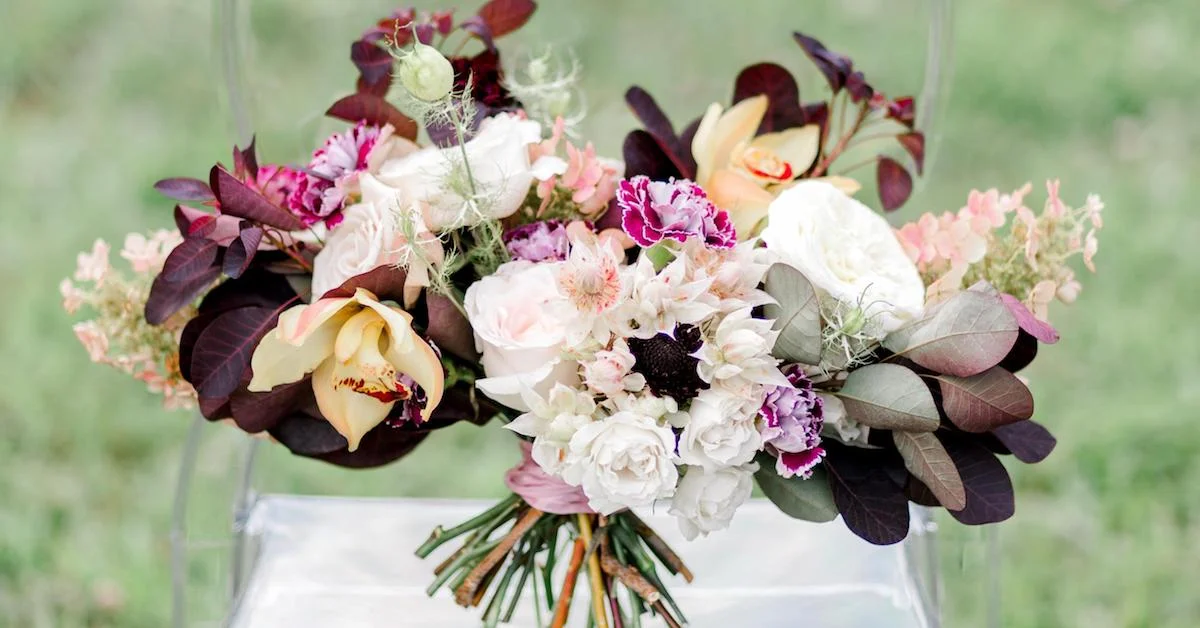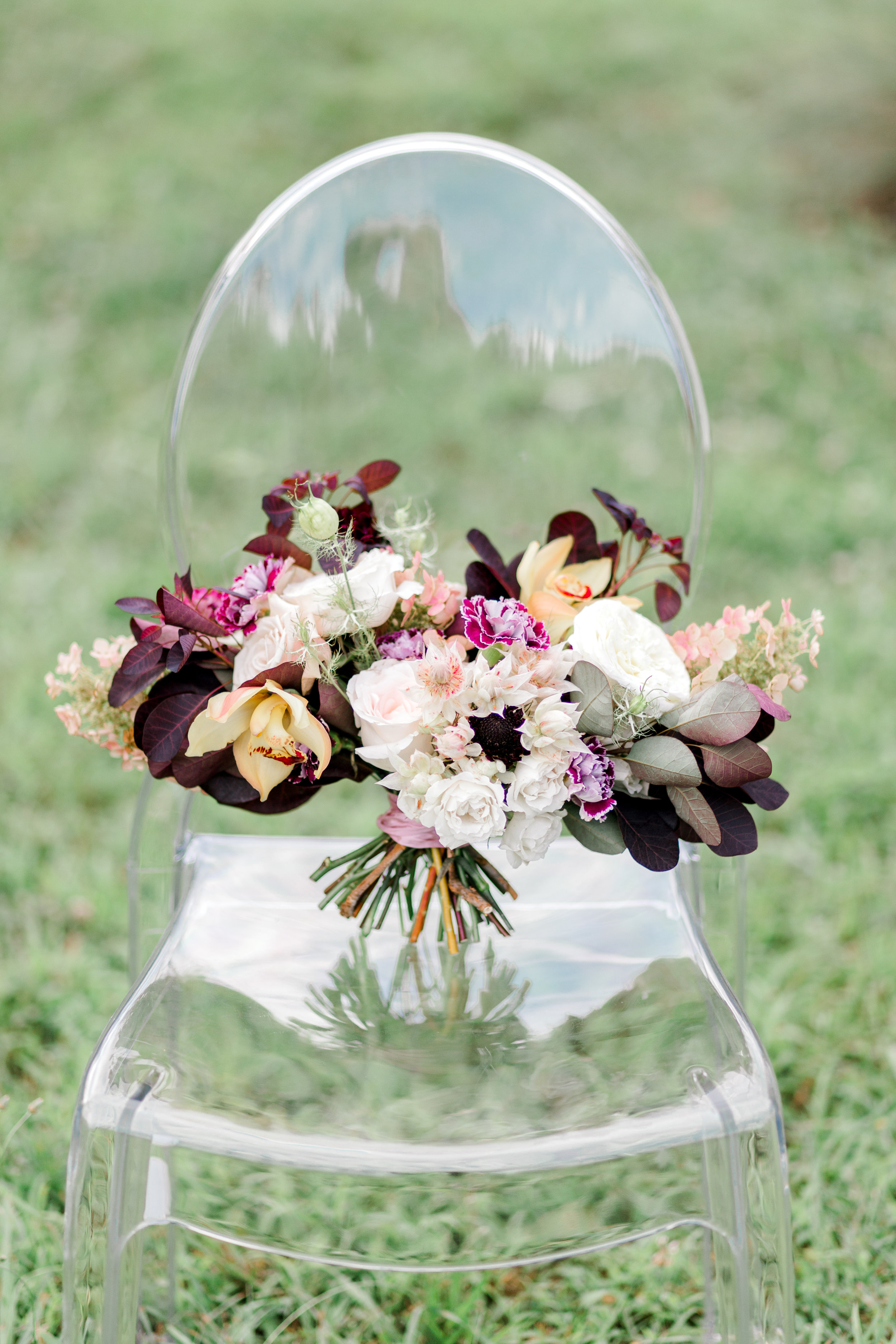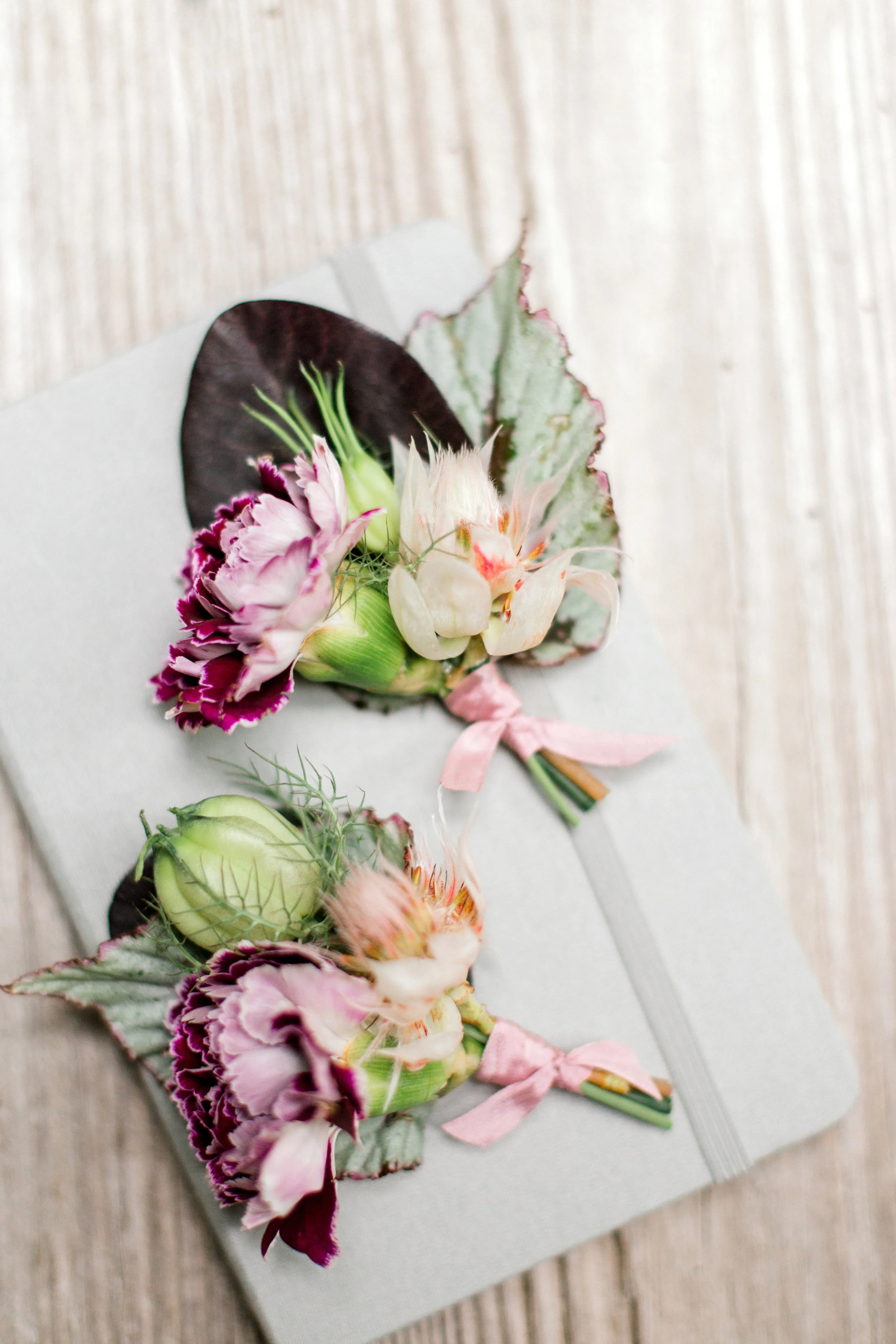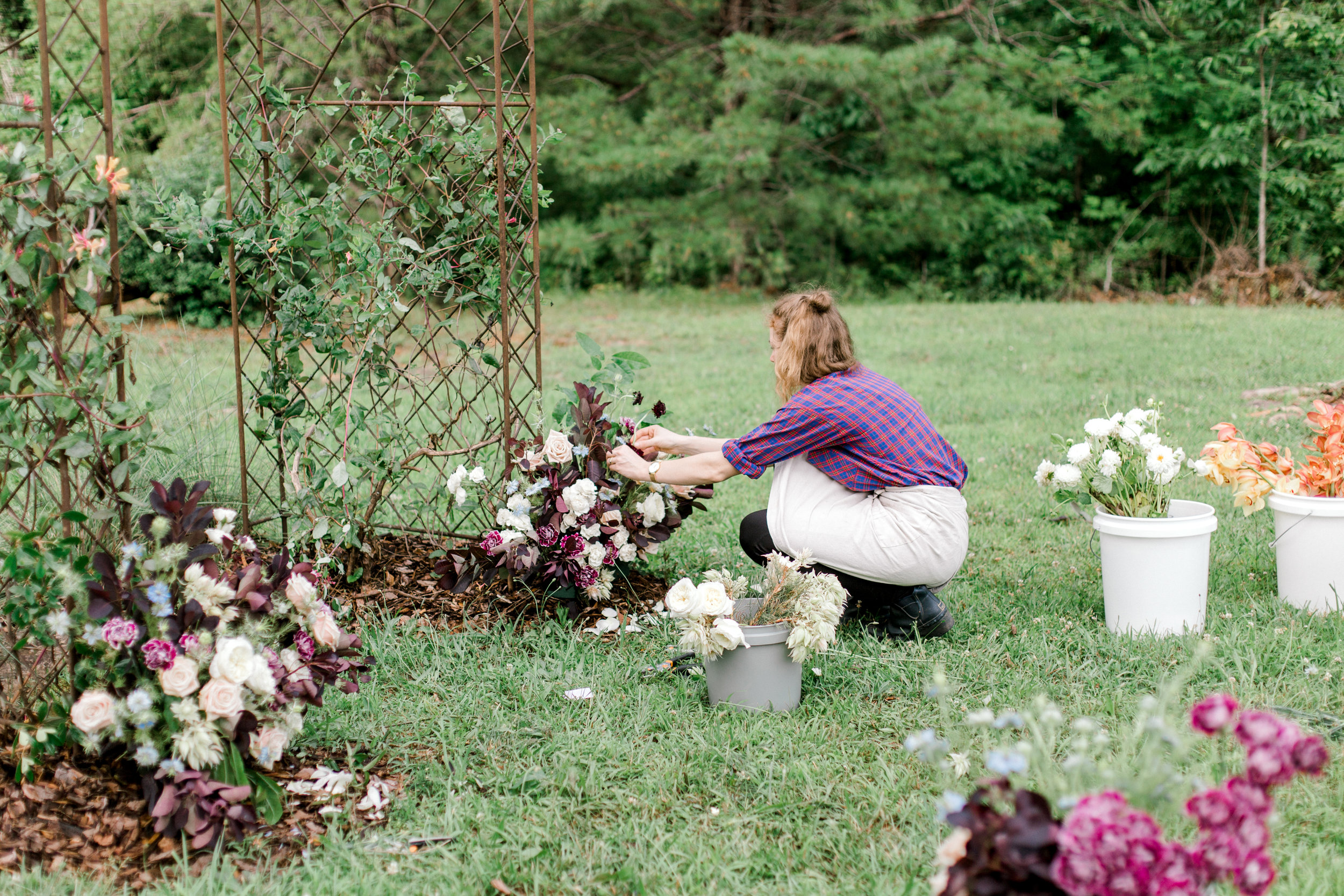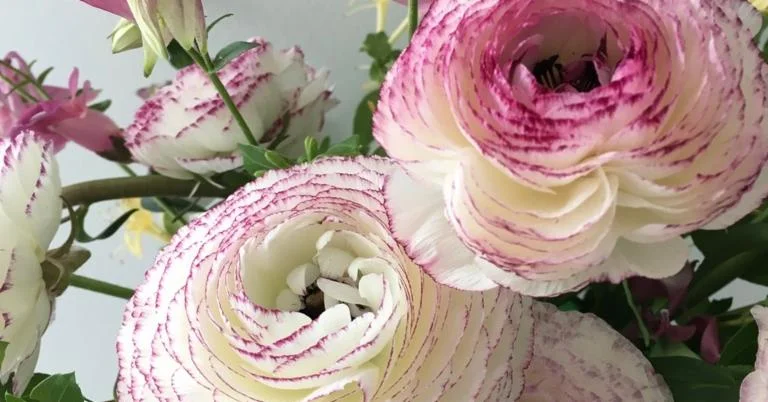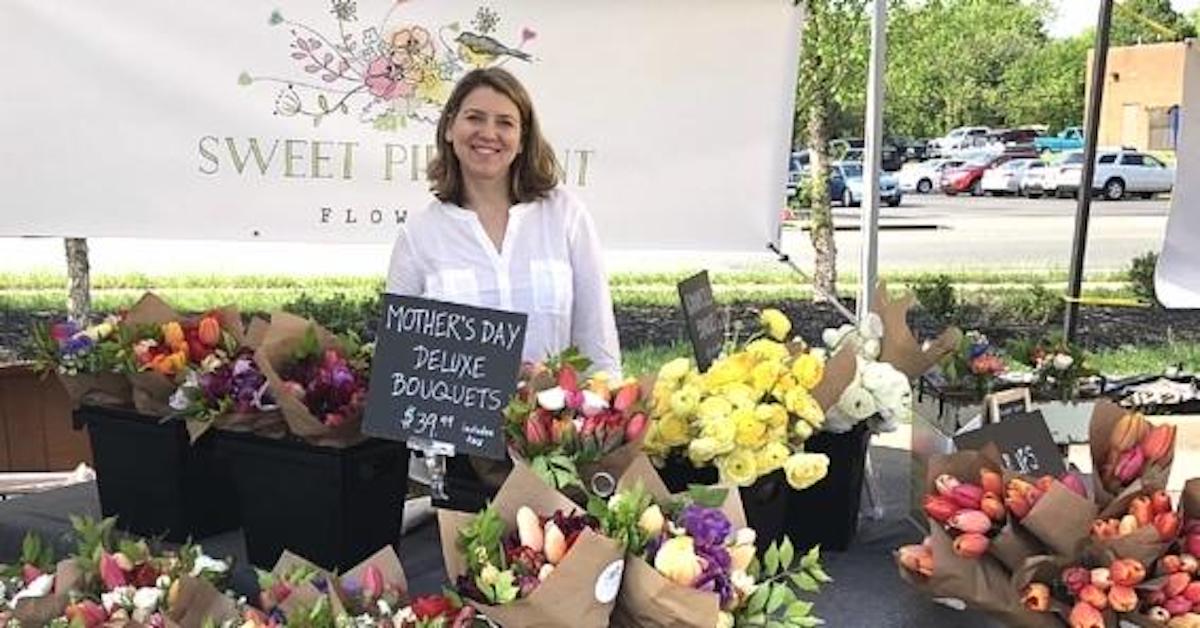5 Tested Steps for Keeping Your Flowers Fresh Without a Cooler
Juliana Renee Photography
I got started creating floral arrangements entirely on the fly. My mom needed me to step in and help a bride who, a couple of weeks before her wedding, decided doing DIY flowers wasn’t a very good idea after all. After that wedding, I was hooked and started up my little floral shop. But it really isn’t a floral shop at all; it’s my house and backyard and the recycling center down the road where I take all the boxes. We have an HOA where it’s next to impossible to build anything remotely like a CoolBot cooler, and there’s no square footage in the house I can sacrifice. So what am I supposed to do with all these flowers?
But first, why do we use coolers and how do they help? I’ll go on a Plant Biology 101 tangent while trying to be as non-technical as possible…
Essentially, the flowers we buy from the wholesaler are living creatures, made of up of cells that are still going through their processes to keep themselves alive and functioning as regularly as possible (assuming they were cut and shipped correctly). They are still photosynthesizing to some extent, but this process has slowed down immensely, and the cut flower begins breaking down stored sugars in its cells to have the energy to survive. Coolers slow down the cell processes and reduce the amount of energy the plant needs, which slows down the stored sugar consumption. A warmer environment leads to an increased rate of cell processes, increased respiration, and increased rate of stored sugar consumption. If that sugar gets used up, the cell processes will stop, and the cut flower will die at a faster rate.
Juliana Renee Photography
Cut flowers will also die at a faster rate if the capillary system inside of the cut flower, called the xylem, gets clogged with air, bacteria, or dirt particles from lazy bucket cleaners. The xylem receives water and any nutrients in the water to all the plant cells so they can continue to function properly. Therefore, we need those capillaries free and clear. The capillaries can also close up when the cut flower is stressed from poor storage conditions like heat or low moisture. The capillary action works in plants through osmosis, meaning the plant is usually using up very little energy to complete this action. However, if the chemical, dissolved salts, or pH is off balance in your storage water, this can prevent osmosis from starting, and the water uptake will stall.
Now that we know why coolers are important (as well as some other fun facts about how to kill your product faster), let me walk you through how I used this knowledge to make a thorough system for keeping my cut flowers alive in the devilishly hot South in prime wedding season.
Step 1: Identify a cool, dark spot in your design space/home and prep that space.
Most structures have places that get colder due to the way the HVAC system is designed and installed. My coldest spot is our guest room. It sits underneath the air handler and receives the full blast of AC, and has only one window, which cuts down the sun exposure. Once I chose this room, I thought about how to lay it out so that the product is out of the sun and the more-delicate product is closest to the AC vent.
Juliana Renee Photography
Step 2: Prep your buckets with water, have holding & storage EZ packs ready, and have Quick Dip and flower food out and ready.
Start with cold tap water in the buckets. I don’t add any flower-care products until after a good first drink (Step 3), and I assess the bloom stage of each flower variety (Step 4).
Step 3: Receive the flower delivery, give a fresh cut and dip into Quick Dip for a good solid drink, and put into clean water buckets.
At this point, let the flowers drink up for several hours before processing and taking them out of the packaging. The Quick Dip has nutrients and compounds in it to help prevent the bent-neck look of flower stems, as well as keep those stems free and clear for hydration.
Step 4: Process and assess.
After a good drink, process the flowers and make decisions about what flowers are in need of what care product. If the ranunculuses are almost at peak, for instance, I put a holding & storage solution pack in the bucket. (It has a compound and nutrient combination that slows down the blooming process.) I also add a few ice cubes to the bucket to make sure that the water is colder than just tap to slow blooming. If another variety is little buds, add flower food. (It has a higher sugar count to feed active cut flowers and will help rather than impede the progression of bud opening.)
I find that the EZ packs available from Floralife make getting the correct dosage (especially for assistants) much easier, and you can slip them into buckets with flowers without worrying that the product will clump up and clog stems. This is probably not doable for larger florist enterprises, though — and it is definitely not the greenest option, so keep that in mind.
Juliana Renee Photography
Step 5: Tend your flock.
Once you get the flowers situated with their proper flower-care product, the next step is to keep the water fresh. Again, dirty and bacteria-infested water clogs your cut flower stems and will kill them faster. Since cooler temperatures inhibit bacteria growth, this happens even faster outside of a cooler. Refresh and reassess the flower needs and feed accordingly. Please note that different cut flower varieties have different nutritional needs and opening times, so do some research if you are unsure about where the flower is in its stage of life.
Good luck with your cooler-free endeavors! Get some fresh new flower-care products to experiment with, and you won’t be disappointed. I’ve had no trouble storing flowers without a cooler once I took the time to learn how to use these products properly. The only time I truly wish I had a cooler was on the design side, where I want to start designing a few days before the wedding but am afraid of killing the product. I’ll work on an update where I experiment using these products in-vase versus just for storage in buckets. Until then, keep fighting the hot fight.

